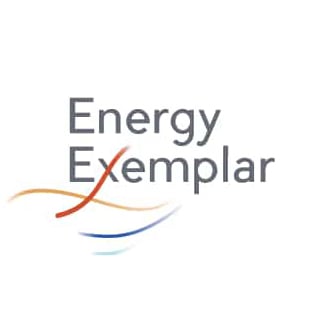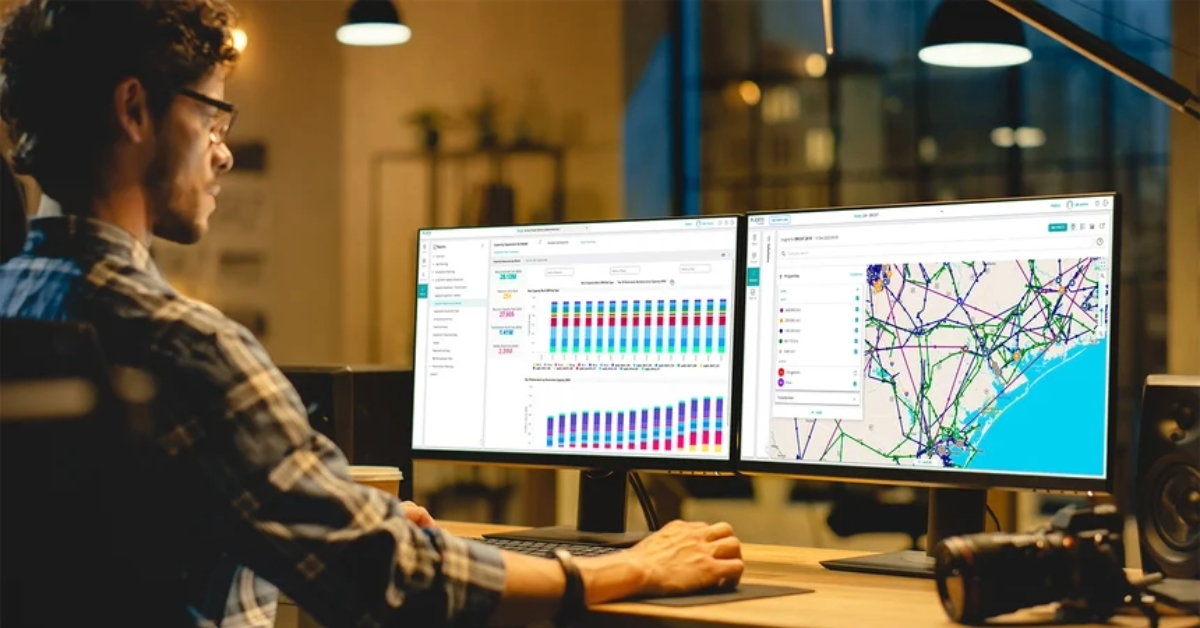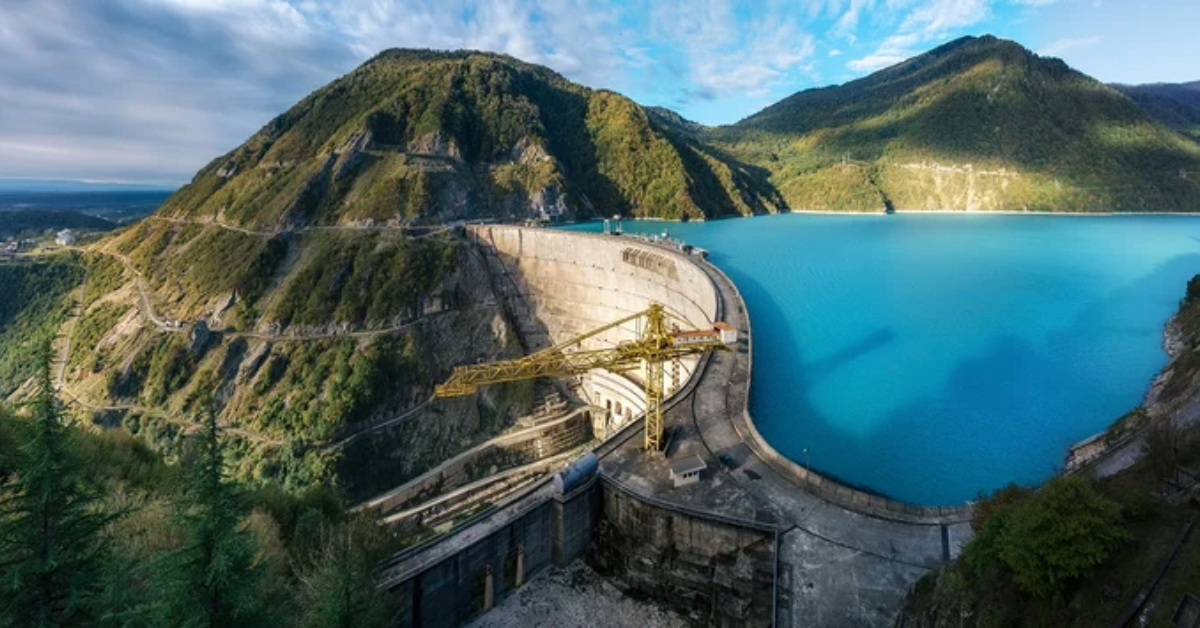1 min read
A Look Back at 2022's Product Updates
It's been an exciting and productive year for Energy Exemplar, and now that it's almost over, we'd like to reflect on what was accomplished. From...
2 min read
 Team Energy Exemplar
:
March 14, 2022
Team Energy Exemplar
:
March 14, 2022

Levitan and Associates' decade-long use of Energy Exemplar's Aurora software demonstrated the importance of offshore wind generation for Connecticut and New England states.
As a Massachusetts-based boutique consulting firm, Levitan & Associates creates natural gas demand forecasts to evaluate pipeline infrastructure along with project revenues, emissions, reductions, and market impacts associated with clean energy initiatives.
The firm began using Energy Exemplar's Aurora energy modeling software a decade ago. Since then, Aurora has been used to collaborate electricity market simulation studies with agencies in the northeast and Mid-Atlantic regions of the United States.
One of their recent Aurora projects was a 2020 collaboration with the Connecticut Department of Energy and Environmental Protection (DEEP). The department wanted to inform policy decisions and understand how increasing clean power generation affects ratepayers and electricity markets as part of Connecticut's goal to be 100% decarbonized by 2040.
Levitan considered clean energy options throughout New England to build the Aurora forecast model. The team created a zonal configuration and ran different scenarios to understand each portion using an iterative approach. For each scenario, clean energy constraints, storage resources, and long-term constraints, including maximum annual bid capacity and the dynamic peak calculation, were considered.
Once capacity expansion and an intermediate model were created and tested, Levitan built a detailed production cost model to show supply and demand for a 24-hour period. Forecast results were shared with ISO New England to help revise their existing model of installed capacity requirements.
Ten scenarios were assessed from five resource portfolio cases in the Aurora model. Scenarios also included: a reference case to achieve clean energy policy, and the baseline case included air source heat pumps and transportation electrification. By blending the baseline case and portfolio cases, the firm could model a realistic scenario using existing public documentation.
One output of Levitan's model demonstrated that ISO New England needed to modify its model used to calculate installed capacity requirements, update its planning for changes to the resource mix, demand sources, and use the loss of load expectations results from GE MARS, to refine Aurora's planning reserve margin and resource adequacy inputs.
ISO England and Levitan's approaches were consistent with Connecticut's approach to clean energy procurement. The state has contracts for offshore wind, land-based wind, and solar initiatives. The model also included the effect of constant leakage from surrounding states, including New Hampshire, Maine, and Vermont.
Results of the study showed that offshore wind power is the largest source of clean energy potential in New England. With rapid infrastructure and technology development, the firm believes its assumptions were conservative because renewable generation increased the rate of electric vehicle adoption among residents compared to base load scenarios.
Alex Mattlock, a Vice President and Principal at Levitan & Associates, says the firm included the growing interest in electric vehicle transportation in its modeling.
"We used Aurora's storage functionality to model electric vehicle charging as flexible demand by 2040. Statewide charging demand was allocated into charging categories, reflecting battery-only versus plug-in hybrid vehicle types, charging level, and charging behaviors."
Alex Mattlock
Vice President and Principal at Levitan & Associates
After presenting the model, Connecticut DEEP wanted to know how the state could balance supply and demand from an hourly perspective. As predicted, Levitan found that renewable energy does not resolve this challenge independently. A renewable energy surplus and shortfall resulted in solar generation output, and these shortfalls exceed eight hours, which is the upper limit of pump storage in New England. As a result, the state is currently exploring import clean energy through Quebec to meet its clean power initiatives.
Levitan & Associates' decade-long use of Energy Exemplar's Aurora Forecasting Software demonstrates the power of modeling and collaboration. The Energy Exemplar team is proud to support its customers' modeling needs.
Interested in learning more? Watch Levitan's 2021 presentation at Energy Exemplar's Xcelerate conference. Or, talk with one of our experts today!

1 min read
It's been an exciting and productive year for Energy Exemplar, and now that it's almost over, we'd like to reflect on what was accomplished. From...

1 min read
How PLEXOS facilitates Ukraine's integration into Europe's power market Ukraine, Europe's second-largest country by area, is one of the most...

Georgia's geographical location between Europe and Central Asia makes its strategic role important as a corridor for energy resources, generating...